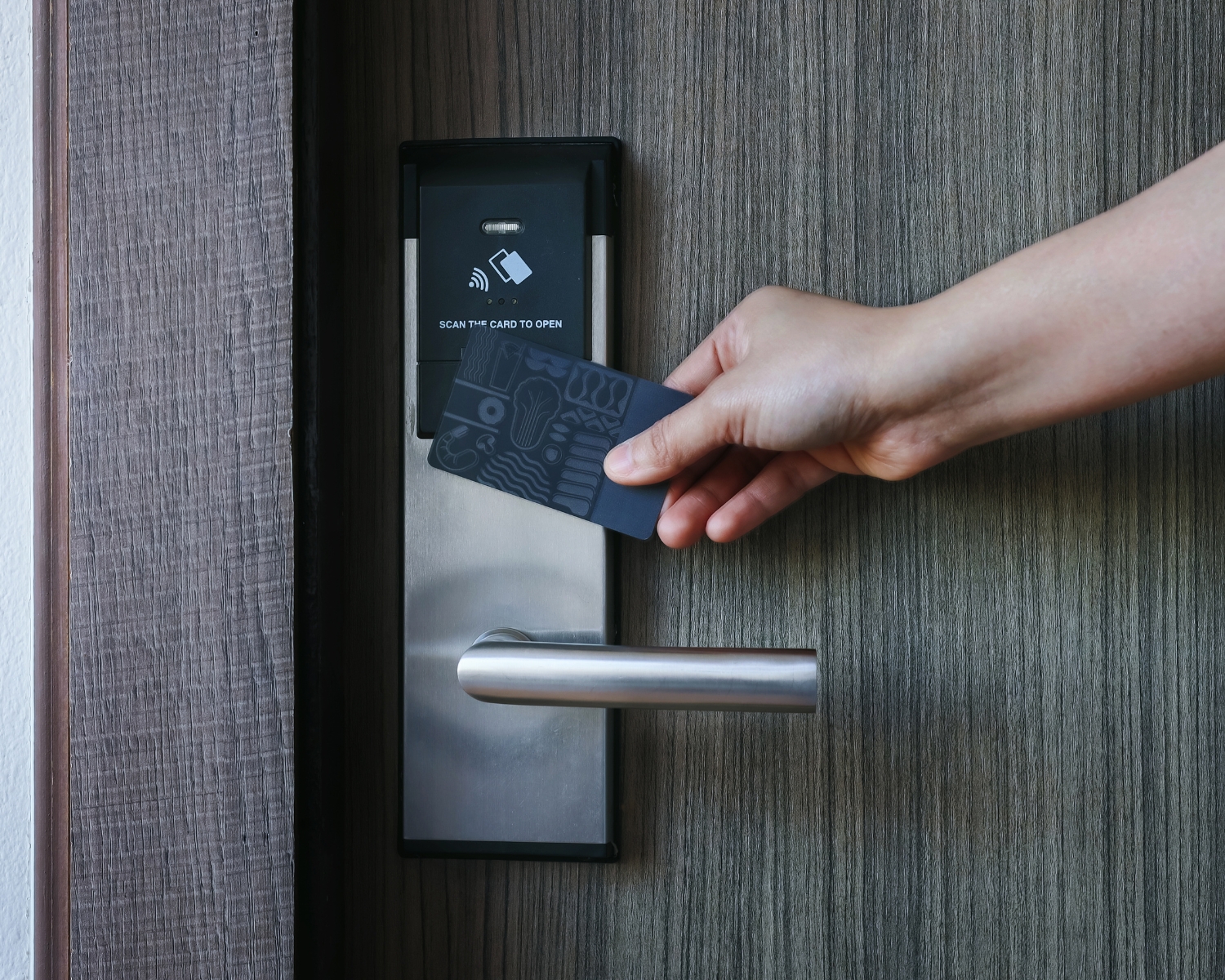Hotel Security: Balancing Safety and Guest Comfort

This blog explores the importance of hotel security, balancing safety with guest comfort, and offers innovative strategies for enhancing the guest experience, highlighting the unique challenge in the hospitality industry.
The Imperative of Hotel Security
Hotel security is a multifaceted issue involving physical safety, data protection, and health standards. Threats include physical intrusions, theft, cyberattacks, and health risks. Inadequate security can lead to harm to guests and staff, legal liabilities, and damage to the hotel’s reputation. Prioritizing security is crucial for building trust and ensuring hotel success.
Striking the Balance: Safety and Comfort
Achieving the delicate balance between robust security and guest comfort requires a nuanced approach. Guests should feel safe without feeling surveilled and secure without the ambiance of their stay being compromised. The key lies in integrating security measures seamlessly into the hotel’s operation and design, ensuring they are effective yet unobtrusive.
Innovative Security Strategies
- Sophisticated Surveillance: Implement state-of-the-art surveillance technology that blends into the hotel’s aesthetic. Cameras and other monitoring equipment should be placed strategically to cover critical areas without being overtly visible or intrusive.
- Subtle Screening Processes: Employ advanced screening technologies and procedures for checking in luggage and guests that enhance security without causing inconvenience or delays. Technologies such as biometric verification can expedite processes while ensuring accuracy.
- Cybersecurity Measures: With the increasing reliance on digital systems for reservations, payments, and guest services, protecting guests’ personal and financial information is crucial. Employing advanced encryption, secure Wi-Fi networks, and regular security audits can safeguard against data breaches.
- Training and Awareness: Staff training is critical to maintaining a secure environment. Employees should be trained not only in emergency response procedures but also in recognizing and discreetly addressing potential security threats. Additionally, educating guests about safety protocols without alarming them can further enhance security.
- Design and Architecture: Incorporate security considerations into the hotel’s design and architecture without compromising aesthetics. This can include the strategic placement of exits, the use of unbreakable glass, and the integration of access control systems in a way that complements the hotel’s design.
- Health and Safety Protocols: In light of recent global health crises, implementing rigorous health and safety protocols has become an integral part of hotel security. Measures such as enhanced cleaning, contactless services, and health screening can protect against health risks while ensuring guests feel cared for.
Conclusion
Balancing safety and guest comfort in hotel security is an art as much as it is a science. By adopting innovative strategies that integrate security seamlessly into the hotel’s operation and aesthetic, hotels can create a safe, welcoming environment that guests can enjoy with peace of mind. The ultimate goal is to ensure that security measures enhance the guest experience, reinforcing the hotel’s commitment to their well-being and satisfaction. In doing so, hotels not only safeguard their guests and staff but also solidify their reputation as secure, hospitable destinations in the competitive hospitality industry.
#HotelSecurity #GuestSafety #HospitalityIndustry #Cybersecurity #GuestExperience #SecurityTechnology #HealthSafety #HospitalityManagement #SecureTravel #HotelManagement

